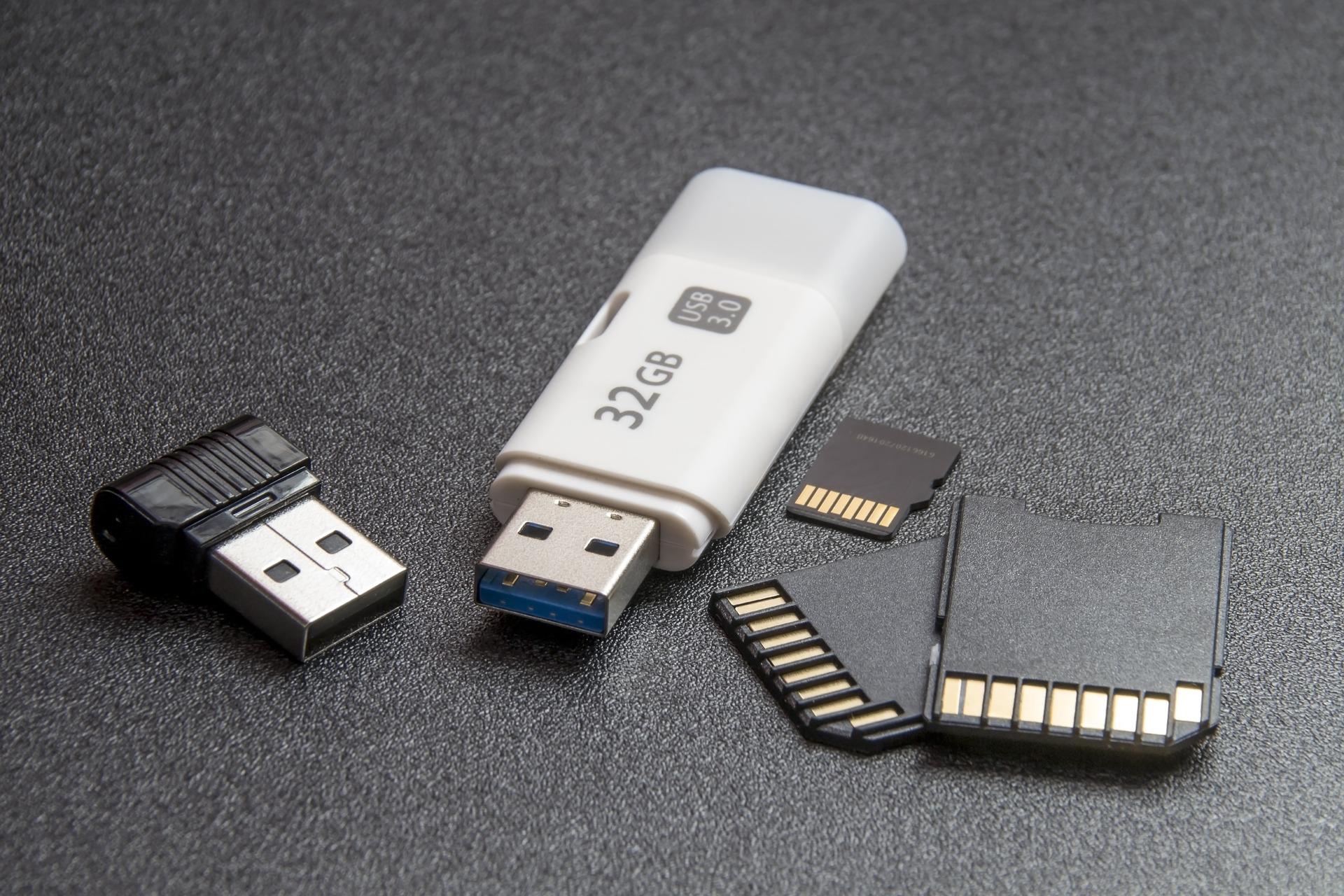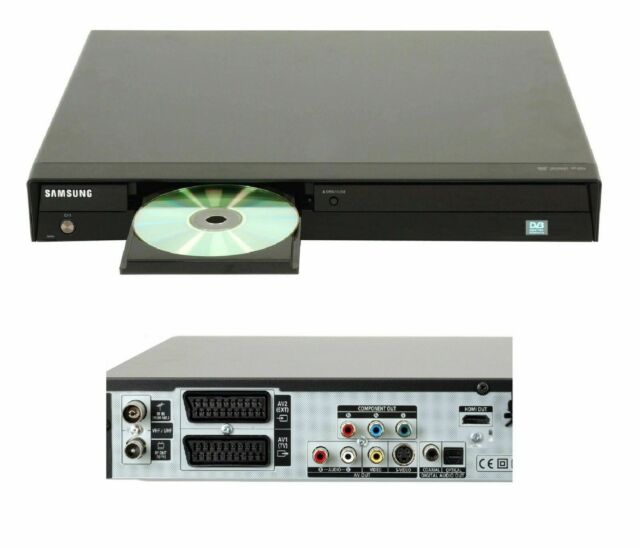
USB Flash Drives and the Choices That You need Now
The fact that everyone currently carries a flash drive in their “arsenal” is well-known. In the future, no one will be able to argue against this universally known fact. There are many advantages to using a flash drive over other kinds of data storage devices, but there are also some negatives, as with everything else in our everyday life. Take a closer look at what I’m referring about, shall we?
Unless you have a USB port on your computer or laptop, the term “USB Flash Drives” signifies that special “drives” or adapters are not required to connect these devices. As a result of this, flash drives have been a huge hit with customers since they were first introduced. Almost all operating systems installed on your device will recognise the flash drive as an additional removable disc, and you won’t have to do anything more. Take use of the USB Flash Drives and make the agreements that are really important.
Compactness
In most cases, a USB flash drive has the following dimensions: 70 x 20 x 10 mm. If you need a different size, please let us know (some models are larger, some are much smaller). In this case, the weight of the flash drive should not exceed 20-30 grammes, depending on the specific model.
Reliability
Mechanical stressors (such as vibrations and shocks) have less of an effect on the devices, making them more durable, and their energy usage is lower by a significant margin. In addition, a range of shock-resistant materials are used to manufacture flash drive cases (plastic, leather, metal, rubber). Choosing USB Flash Drives is based heavily on that.
The pace at which data is sent is referred to as the data rate
The USB 1.1 interface supports data transfer rates of up to 12 Mbps, the USB 2.0 interface supports rates of up to 480 Mbps, and the USB 3.0 interface supports rates of up to 5 Gb/s.
In mathematics, volume and density are two fundamental notions
256 MB is the minimum storage capacity for a modern flash drive, and it grows from there. The most common sizes in today’s market are between 2 and 4 GB. A total of 128 GB of storage space is available. A flash drive’s memory capacity allows it to serve as “keys” to access databases or store a variety of DivX movies, depending on the application. In addition, because of their great information recording density, flash drives are excellent data storage options (significantly higher than that of CDs or DVDs).
The safeguarding of one’s personal data
Depending on the software used, data stored on a USB flash drive may be protected physically as well as technologically. In the first place, certain flash cards include a mechanical write protection switch that stops them from being erased (it is indicated by two icons: open and closed lock). As in the first example, the data is encrypted and password-protected using special software. You can’t format or access this area of the flash card unless you first enter the password that gave you access to it. Find the USB Flash Drives is essential here.
Booting from disc is a feature
Bootable USB flash drives are quite similar to bootable CD drives and may be used as such in certain circumstances. It’s possible to “boot” a flash drive using extra software provided by certain manufacturers. Some manufacturers provide this software.
Challenges in a range of environments and situations
Flash drives can withstand a wide variety of temperatures and humidity levels, enabling them to function effectively (5 percent – 90 percent).


